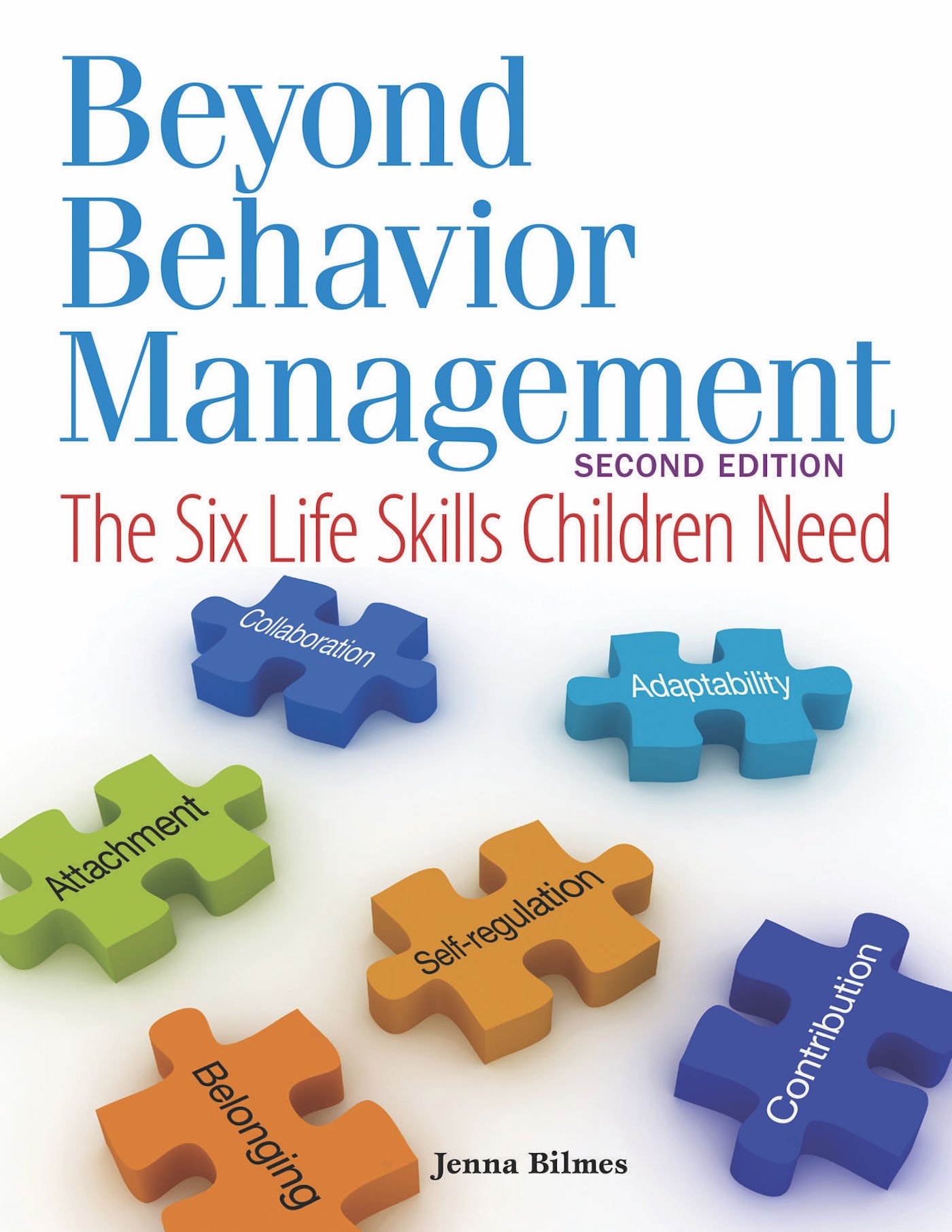Teacher Language: Guiding Principals
Teacher Tom
Meet our guest
Our guest, Tom Hobson (Teacher Tom), is a well known preschool teacher, blogger, speaker, writer and author of the book, Teacher Tom’s First Book.
Tom is very passionate about language and the role it plays in teaching. He is articulate and confident in the principals that guide his every day work with children; starting with the way in which we speak to and with them. Children need informative statements, not commands— this is what guides his everyday communication with children. Tom is a teacher at Woodland Park Community School where he has been for years. He also has traveled the world and presented on a range of topics, including teacher language.
To read more about Tom’s teaching and learning from preschoolers, follow Teacher Tom on his Facebook page and Teacher Tom’s Blog.
To purchase his book, go to Teacher Tom’s First Book
“Commands don’t leave room for thinking and as teachers we want them [children] to be thinking.”
Teacher Takeaways
Teacher Language…
Give children informative statements, not commands.
Giving commands leaves only two choices: to obey or disobey.
“Almost every command can be turned into an informational statement.” -Teacher Tom
Example: “I see a block on the floor. It belongs on the shelf.” (Note: Not every child will run to clean it up but most likely, at least one will. It isn’t about getting every single child to clean. That’s not realistic.)
Example: “It’s time to leave.”
Give children time to think.
When you ask questions, you’re commanding children to respond and developmentally they need time to formulate an answer. Wait time is so important.
Wait a minimum of 12-15 seconds—even 30 seconds or more— before you should expect them to respond.
Questions: there can be too many
“We [as teachers] should leave a lot more silence and not fill up space.” - Teacher Tom
Informational statements are important to use so as not to distract kids with meaningless questions (that we already know the answers to).
Strategy for how to react to (challenging) behaviors:
Stay calm and matter of fact.
Talk about it (What happened?)
Make powerful statements, firmly without anger.
Model and apologize when you do raise your voice and/or while problem solving.
Resources
Referenced in the Interview
The Real Work of Teaching
No Super Hero Play
Clean- Up Time: “It’s Not My School, It’s Your School.”
Labeling Young Boys
*All articles listed above with permission from Tom Hobson and directly from Teacher Tom’s Blog posts. To see a list of all of his articles by topic, go to his blog.









